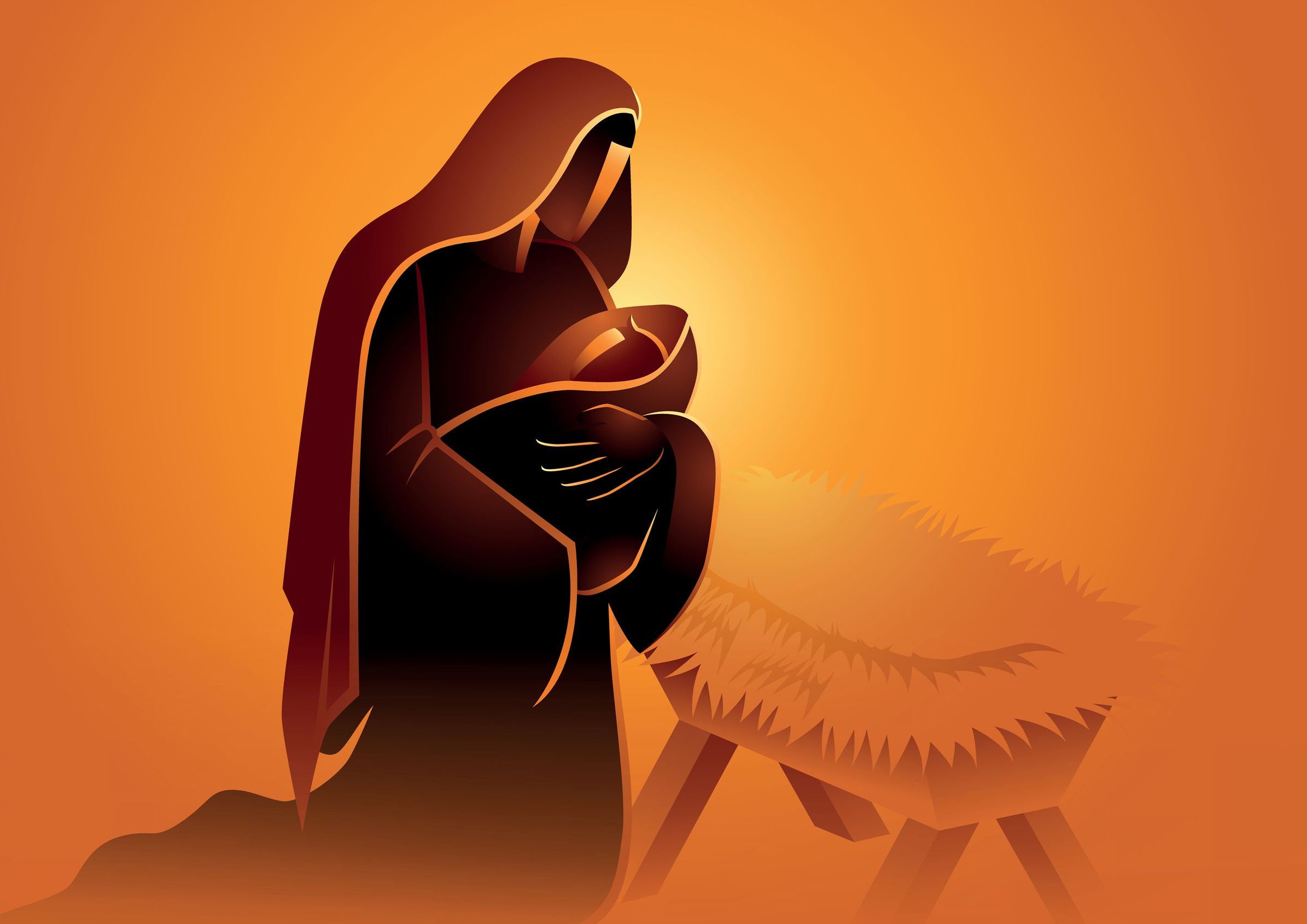
By Colleen Pressprich
The feast of Our Lady of Guadalupe is one of my favorite Marian feasts of the liturgical year (and that’s saying a lot from an author of a Marian Consecration!).
For those who don’t know the story, here are the bullet points:
Our Lady of Guadalupe Facts
- Mary first appeared to Juan Diego while he was on his way to Mass to celebrate the feast of the Immaculate Conception
- She was dressed in traditional Aztec clothing and wore a black sash around her waist—a sign that she was pregnant
- Mary spoke to Juan Diego, a convert to Catholicism, in his native tongue.
- When the Bishop wouldn’t believe that Mary had spoken to Juan Diego and asked for a church to be built in her honor, she sent him to pick roses at the top of Tepeyac hill to bring to him as proof.
- The roses that Juan Diego found blooming in December were Castilian roses, only found in that part of Spain where the bishop was from.
- What’s more, when Juan Diego opened his tilma in the Bishop’s office to reveal the roses, the image of Mary was found to be miraculously displayed on it.
The feast day of Our Lady of Guadalupe is celebrated throughout the Catholic world on December 12th each year. It is one of the largest Marian feasts in the Church calendar and has many beautiful traditions associated with it.
Here are a few simple ways to celebrate this wonderful feast with your family:
Read the Story
There are many books that tell the story of Mary’s appearance to Juan Diego. Reading one from your local library is an easy liturgical living activity to celebrate the feast. My family especially loves the versions by Tomie de Paola and Carmen Bernier-Grand. A fun, animated version of the story is told by Sr. Imelda and Brother Francis and is available to view on Formed.org. There is also a graphic novel by Brother Francis that covers this and other Marian apparitions, "Mary's Visits", which is great for older kids!
Look at Photos
One of the unique things about the apparition of Guadalupe is Juan Diego’s tilma. Still able to be seen by pilgrims today, it has been studied by scholars from all over the world. Despite the best efforts of modern science, how the image of Mary came to be on the tilma remains a mystery.
I like to pull up photographs of the tilma and talk about it with my kids. Things we discuss are:
- the meaning behind Mary’s garments
- what the kids think of the image and why Mary might have appeared looking that way
- the experiments done to try to explain how the image got on the tilma.
Learn About a New Culture
The feast of Our Lady of Guadalupe is a distinctly Mexican feast. It is a wonderful opportunity to learn about how this holiday is celebrated within that culture. In Mexico, there are processions through the streets, and some towns even erect altars in the streets in honor of Mary. Masses are said throughout the day and night. In the evening, men dressed in traditional Aztec garb dance in the streets honoring Mary. Young boys often dress up as Juan Diego. Blessings of the roses are also common.
Not living in Mexico, we can’t participate in all of these traditions in person, but we can pull up YouTube videos of the dancers, look at photos of the street altars and processions, and even listen to songs like La Guadalupana, a traditional song sung on the feast of Our Lady of Guadalupe. We can also visit a local parish in our area with a large Mexican population for mass and see the beautiful altar they set up each year on this feast.
I hope that you and your family enjoy your own celebrations of Our Lady of Guadalupe this year! Know that I’ll be praying for you as you do.
Colleen Pressprich is the author of Marian Consecration for Families with Young Children and The Women Doctors of the Church. She lives with her husband and children in Michigan where they love everything about spring, summer, and fall, and absolutely hate the winter. You can follow her on instagram at @colleenpressprich.




